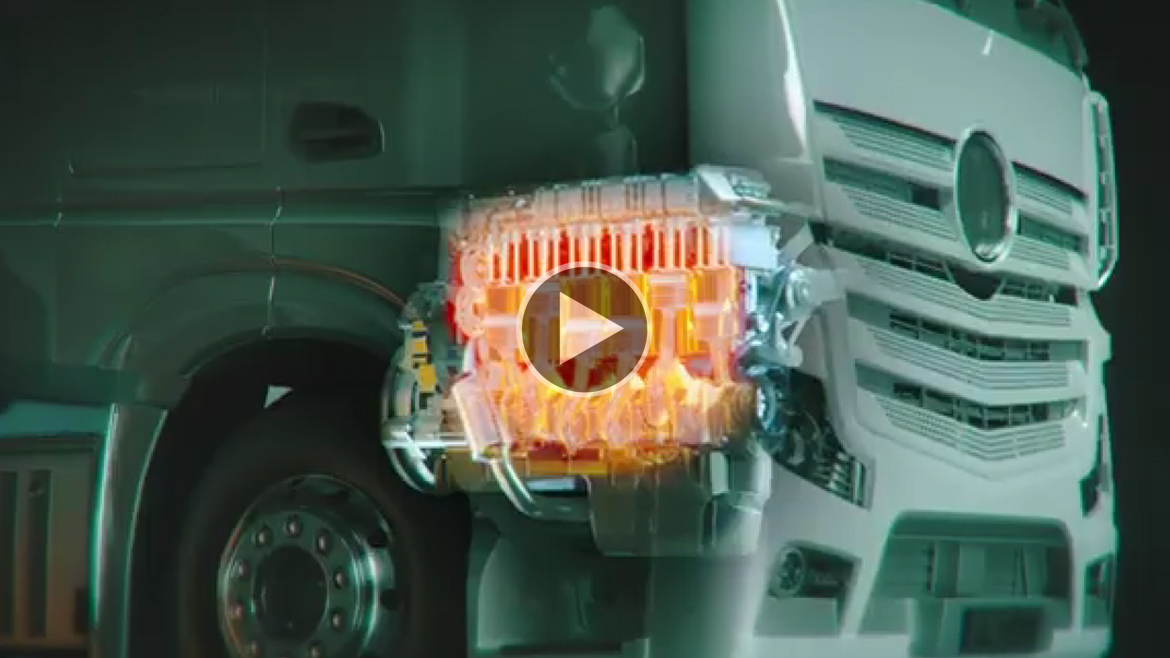Aug 25, 2021
Posted by Becky Zhao, Business Manager China, Heavy Duty Engine Oils, Matthew Bentley, Product Manager, Marine Engine Oil, Alex Brewster, Product Manager, Commercial Engine Lubricants, Greg Matheson, Product Manager, Commercial Engine Lubricants, Nigel Britton, Technical Manager, Commercial Engine Lubricants, Lee Hua Chua, Product Manager, Engine Lubricants
Originally anticipated for an early 2021 release, the upcoming revisions to the European Automobile Manufacturers' Association's (ACEA) Heavy-Duty Oil Sequences are now likely to be released towards the end of 2021. In this video, we discuss the proposed changes.
For more information, please contact your Lubrizol representative.
Video Transcript
The ACEA specification updates provide the performance upgrades to the whole industry.
Many original equipment manufacturers OEMs rely on the ACEA baselines as the primary lubricant recommendation in the vehicle handbook, or as an alternative if an OEM-approved lubricant is no longer available
And the latest ACEA update incorporates several different changes to the categories.
In the lower SAPS categories, we see ACEA E6 being replaced with the ACEA E8 and ACEA E9 being replaced with ACEA E11.
And this will be for the new vehicles with aftertreatment devices
For legacy vehicles we see ACEA E4 and ACEA E7 higher SAPS categories being maintained to provide protection to vehicles already in the fleet.
One aspect of the changes is the inclusion and adoption of API-focused tests. This helps to bring greater global synergies across the API and ACEA categories, in aligning the global requirements for a minimum lubricant performance. The inclusion of the T-13 test brings new levels of oxidation control performance to ACEA E8 and ACEA E11.
Good oxidation performance is important throughout the life of the oil drain interval because it helps to prevent oil thickening and acid formation within the engine. And the Caterpillar oil aeration test in E8 and E11 incorporates improved aeration performance.
Control of oil aeration is absolutely critical to engine operation as it can lead to oil starvation and loss of power and accelerated engine wear.
Additional changes include an increased focus on biodiesel cleanliness and biodiesel compatibility through increased piston merit acquirements in the OM646 biodiesel cleanliness test. So biodiesel can change lubricant qualities, affecting its ability to continuously protect the engine, and we know that API categories do not have the requirement to check for lubricant biodiesel compatibility, while ACEA has a test that looks at the biodiesel compatibility of lubricants.
The latest engine hardware will also be included in the next ACEA update in the form of the OM471 test which brings both steel pistons in Euro VI technology. This new engine test will be included in ACEA E8 and E4 in place of the OM501LA, with the option to Grandfather the OEM501LA in ACEA E4. The replacement of the OM501LA is also being explored to support ACEA E7 and ACEA 11 categories.
Whilst not yet finalized, potential candidates include the Caterpillar 1N and or 1K single cylinder engine tests for a ACEA E7, and the Caterpillar C13 engine test for ACEA C13 test for ACEA E11.
As OEM's focus more and more on increasing efficiency and reducing emissions whilst maintaining durability, future updates to the ACEA will likely include two new ACEA F categories, designed to offer enhanced fuel economy to the end user through a lower HTHS viscosity, in comparison to the conventional sequences that we see today.








